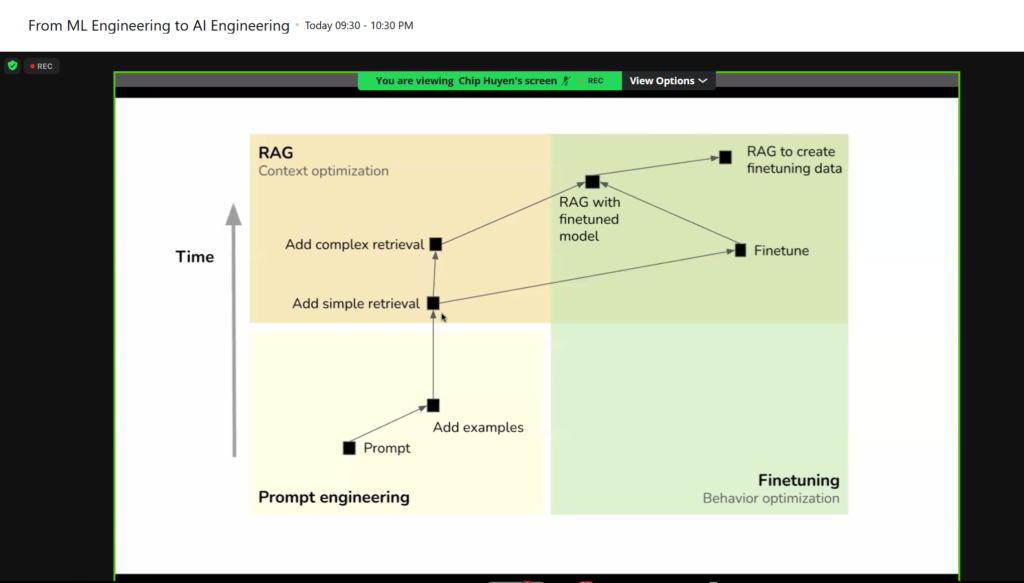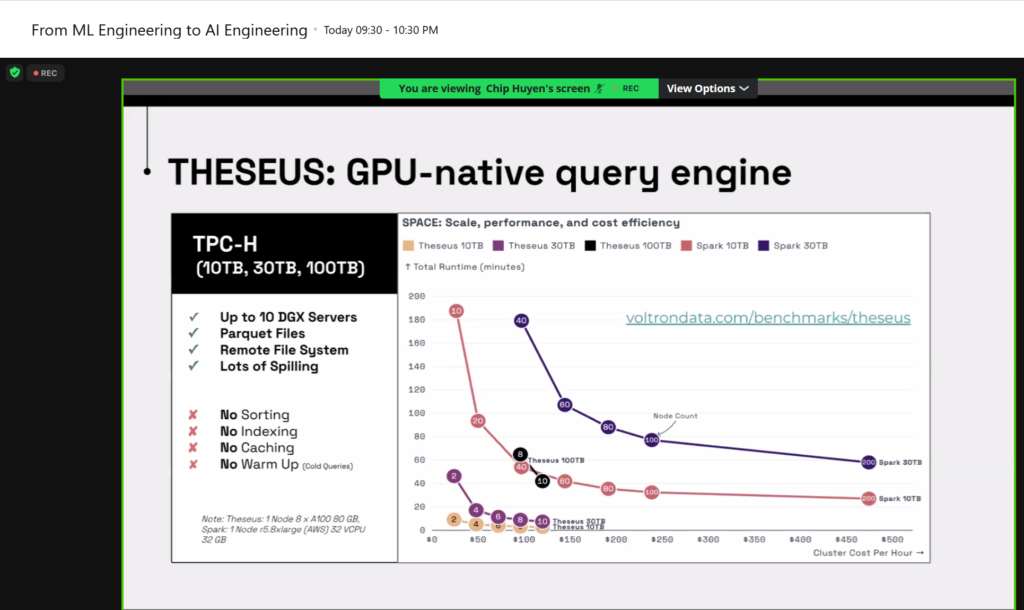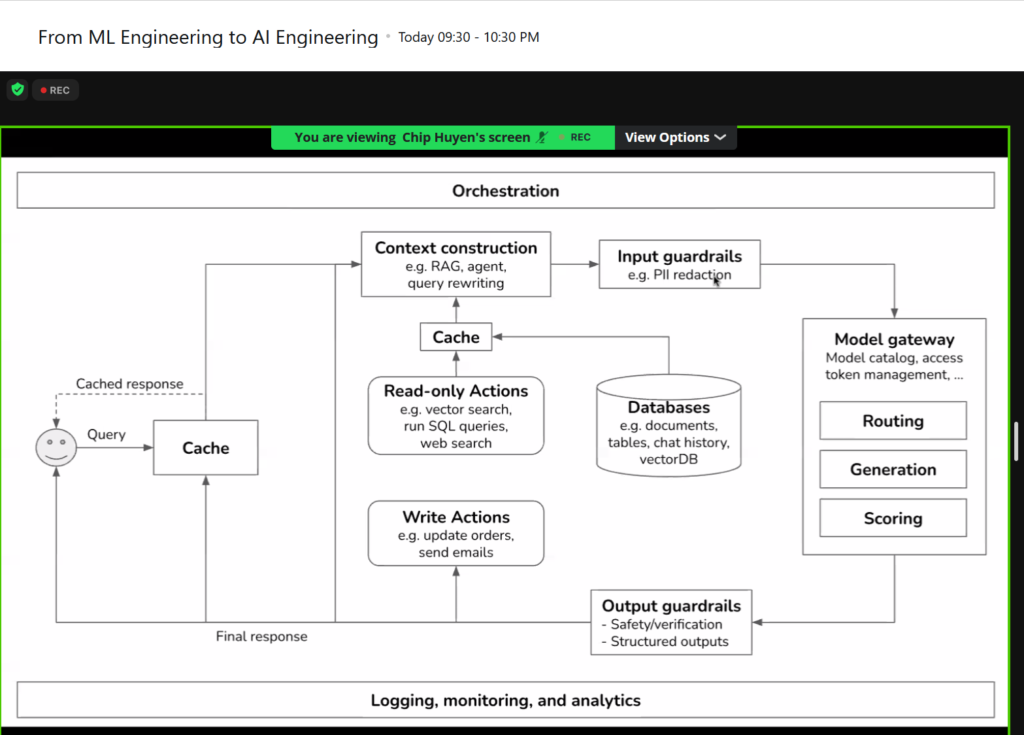Course : Python for Machine Learning and Data Science Masterclass
Video Mins completed : 29 mins
Last Video # completed : 209
Hierarchical clustering : Cluster points similar to each other. Similarity based on distance metric.
Can be used to figure out the number of clusters.
Types of Hierarchical Clustering:
- Agglomerative :Starts as each point is one cluster and then points joined to make to form bigger clusters.
- Divisive : Starts with all points in a single cluster and then points divided into smaller clusters.
Data scaling methods
https://scikit-learn.org/stable/auto_examples/preprocessing/plot_all_scaling.html
https://medium.com/@hhuseyincosgun/which-data-scaling-technique-should-i-use-a1615292061e


